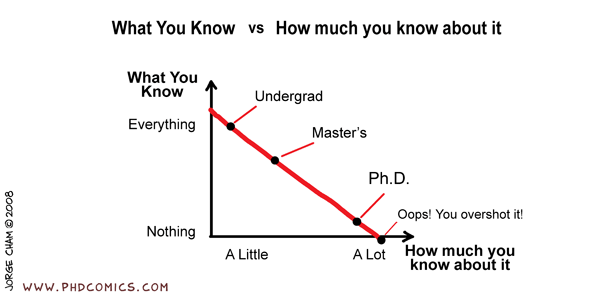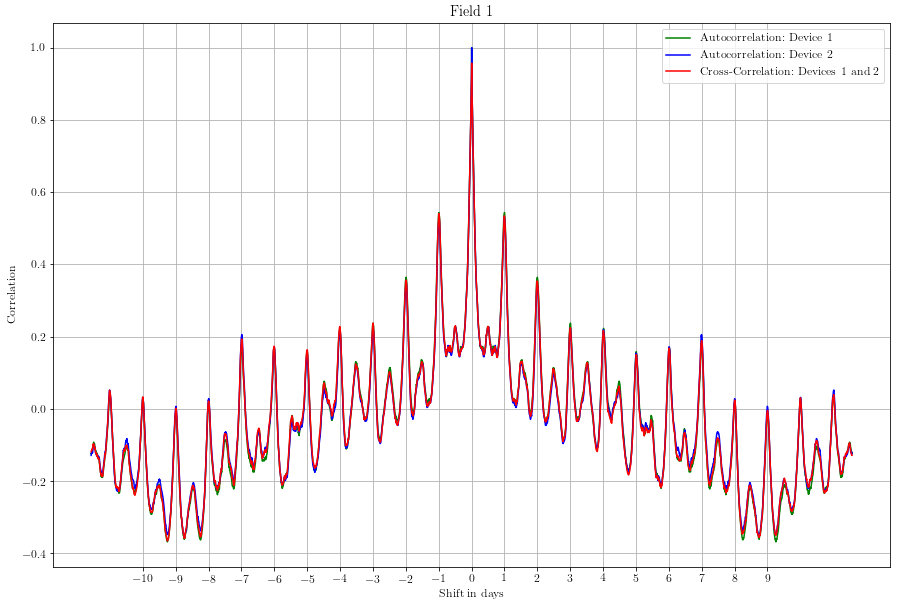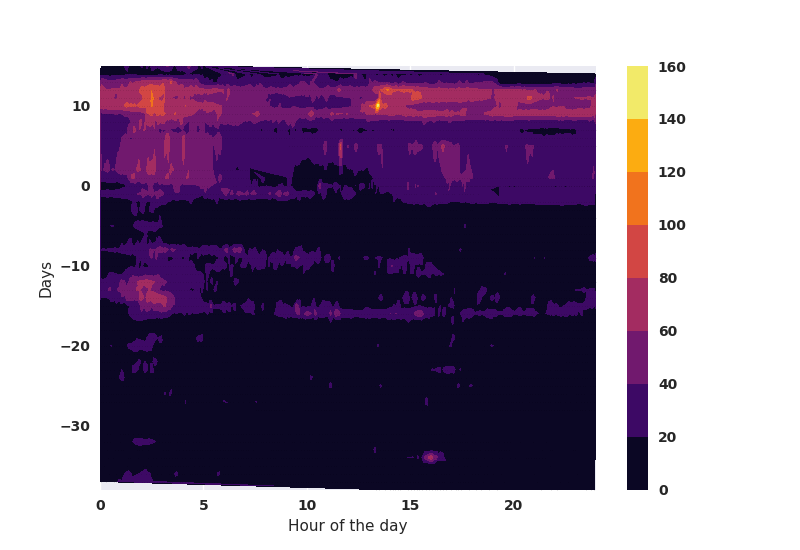A viva was declared as a part of the final exam of SoS students, comprising of 10 marks out of the 40 total. My co-examiner was Dr. Vasudev Menon. The viva task was simple: view and reflect on the following video:
5 marks were assigned to view the video in detail and 5 for criticizing it – this was to be verified through a discussion with the student and two examiners.
Why this particular video?
In the video the presenters discuss how the general public opinion is lopsided when compared to facts. And that the mass-media, which generates the common public opinion is equally lopsided when it comes to facts. The presenters come to this conclusion through sampling through events using questionnaires about opinions groups hold and comparing them with facts collected from various organizations. Then they try to identify why this is so. This could be summarized as follows:
- Commons can’t and wont really want to go through scholarly academic and government reports to get to real facts, due to lack of time, interest and prerequisite knowledge base.
- So they depend on their intuition to make some tangible and relatable sense of the world. This worldview is however significantly biased by one’s personal history, schooling, interactions with peers and mass-media. The latter, because the presenters find the media drives stories that sell than truths that matter.
- So, how to make things look truer than conventional media and conditioning and intuition can deliver? The solution, according to the presenters is to counter the negative intuition (which the presenters showed to not match facts) through positive interpretations of observations.
My criticism of the video :
The major problem facing the earth is A) large scale ignorance due to knowledge gap and B) massive and dangerously choreographed population of humans practicing self and environmentally harmful ways of life. To this the presenters react by suggesting viewers to reject the negative worldview and replace it with an optimistic one.
First, the use of selective facts to bring out the pre-determined outcome of a general public and media opinion being lopsided is skewed and gives an untrue picture. A very agenda-driven survey method was used – A) Find interesting positive facts from various organizations B) Find which of these facts go opposite to general public opinion and C) Conclude that public intuition, media is not factually aligned. The latter could be true, but the part A is faulty.
It does not solve a problem just by reversing the way its been looked at and avoiding what’s uncomfortable. I understand that a positive outlook helps us to get out of helplessness and into action. However, is more of action needed or reflection? If we are all pleased with our world then why would we want change? Why would we want to think about it? Wont we want to remain ignorant by not looking at inconvenient truths about the world – just like we do in the way we drive our cars and bikes, or use energy, or eat fast food despite the gloom of permanent climate change, life-style diseases and so on?
The video neglects the above important issues and plays on the opinion field, shifting from one to the other but not looking beneath the surface. The question of how to address ignorance directly remains unanswered. So the question raises also on what is ignorance in the first place? Nonetheless, this video has an interesting hidden message that making people hopeful can help people think freshly and maybe actually free the mind from unnecessary guilt into much necessary thoughtfulness. A lot many times if we have given up hope about a certain issue we don’t mind participating in the perpetuation of the problem rather than helping solve the problem. In this light i agree with the positivist tilt.
This video is important in the context of these important questions – A) How to deal with ignorance and B) How to make the masses behave in healthy ways. Optimist or pessimist, the movement of fact into culture of a people is the fundamental intervention, all else seems just like patch work, or is it?
Why is it relevant to Society and Science course?
We discussed rituals and traditions in this course and how they seem to have been designed for passing from one head to another. For example: the tradition that a local forest is god’s abode helped preserve it for many centuries, however a more factual and scientific understanding of sustainable forests could have been more truthful but not as effective. Why so? As we discussed this in class, we are more aligned when we can relate to the information we come across. Scientific facts are dull and dry and require some abstract ‘non-feely‘ thinking and so we have less of ourselves relating to them. However, when a piece contains warnings and drama and emotions – like those espoused by the presence of a god and supernatural – that sticks well! Myths are designed with the objective of spreading a message as much as possible for immediate affect, but this may not be the case for spreading the dull and dry truth from where the myth originated. A similar myth making happens very commonly now and then- have you seen a child being threatened with ghostly intervention if it does not behave as per the parent’s warning? It works, and works quite effectively! It prevents the kid from self-harm, till the time the kid grows up to learn of the reality of dangers. Thus myths could play an important role as a safety reaction, with the assumption that truth and logic will follow later. This latter section gets lost unfortunately, so much that the kid actually starts believing in the ghosts even into adulthood!
Why is this important? Because science and logic and observation have been at cross with traditions for many centuries now. Scholars and scientists often find alarming trends and practices in the world that go counter to the well-being of the population or the environment (and population indirectly), and yet find it so difficult to convince the population to change course. We can see this in the aspect of global climate change, our own body health, etc. This is the real dynamic of Society and Science – when science has the responsibility to shape society and the vice-versa – what happens in between? Should we modulate the emotions of the public and get the deserved outcome using fake sentimental ‘memes’ or should we take the slow but definitive path of educating the population with abstract, dull and dry aspects of truth? The story of this society-science dynamic where ignorance and learning are involved as non-negotiable characters – is the most interesting aspect. The above video touches this aspect with some ‘interesting‘ observations and suggestions, which one may or may not agree with.
The pertinent theme in SoS was to be able to reflect on the confusing and complicated world – not to find the rights and wrongs. Because once in either of the camps, the search and reflection is negatively hindered. Much of the TV and news channels and population engage in the right/wrong binary, while the real problems are neglected. Just in the way science espouses evolution of all concepts, including itself as the unhindered way to truth, the dynamic of society and it’s science must also evolve. It maybe be said that the right/wrong approach makes us egoistically (as part of identity) vested in the future of a concept, thus making us a hindrance to its evolution.
I expected the students to reflect on this video, not classify it as right and wrong. Even now, after seeing the video a number of times and hearing 10 reactions to it, its relevance (good or bad), the general idea of ignorance and so on, is evolving in me.
So, how did the students fare?
To summarize, the students’ responses were mixed. Some revolted, not understanding why this video was relevant, some took it in their stride. I for one feel i may not have explained the essential task of reflection well enough to the students and the point was more or less lost on some of them.
Many students did good. They found the video interesting because it had interesting structure, was funny and entertaining and was insightful but also pointed out the limitations of the video – some seemed to be rightly confused, the desired effect. Some of them detailed the video and its contents well and also articulated their reservations about it very well. The ones with more detailed recollection of the video (equivalent to how much one studied the material) and reflection (equivalent to how much one grappled with the content and implications of the video) were given more marks.
A few students decided to give presentations on their view of ignorance. Only one did well, articulated the ignorance issue widely along with much detailing about the video and reflections on it. For others, through it was well intended, but not the stuff asked for. They quoted works by great others on knowledge and ignorance in its context, on nature of science and facts and so on. Great content with a lot of scope for discussion. However, what was missing was the personal reflection on ignorance and its problems within the Society and Science debate, what one really sees within and around oneself. A reaction to the world here and now! But it may not have been clear to them as to what was expected by reflection in the first place. In a previous version of this post i had thrashed the students for lacking reflection, but now i take it up on myself that i probably didn’t do my job well in the first place – of conducting the course more firmly based on reflection and secondly of explaining well of what was expected of them.
Conclusion
It was an interesting video, but somehow the objective of the viva fizzed out. Also, reflection is something we must train ourselves in, it may not dawn upon many of us that we go about our daily lives without much reflection. And I am fully guilty here, often finding myself ashamed and shocked due to my severe lack of it. To reflect is to think before reacting, that sitting on the fence between the temptations to jump to conclusions and opinions. That is a difficult space, but being there leads to more understanding. To talk about ignorance, must one not first accept the real possibility of the ignorant self? This is fundamental to science – discovery only begins when one accepts that one does not know!
Here’s a nice joke from PhD Comics, which is a beautiful take on ignorance of another kind – the intellectual kind.


